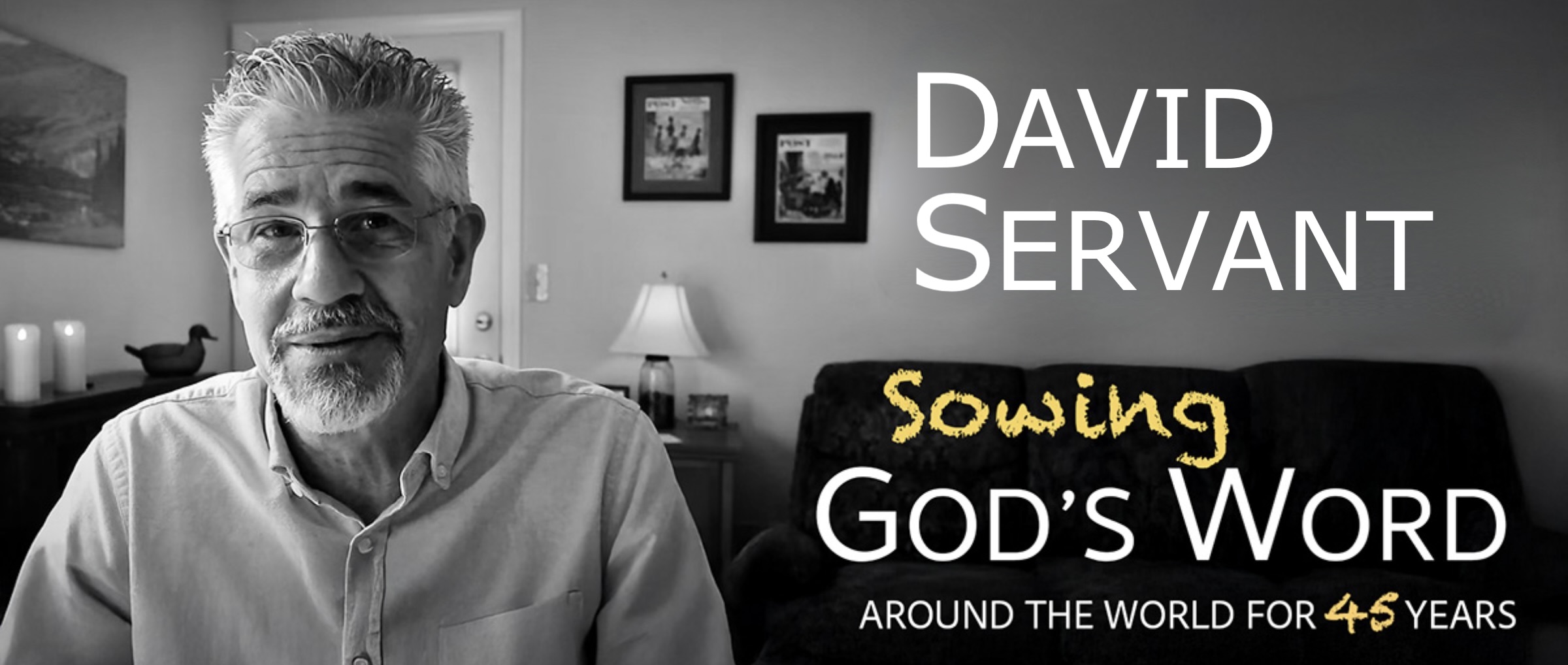
 How blessed we are to gain understanding of some of the “mysteries of the kingdom of heaven” (13:11) from Jesus’ parables. Sadly, the mysteries He revealed remain mysteries to two kinds of people—those who do not believe in Him (13:11-15), and more tragically, those who profess to believe in Him but reject His simple teaching. Many of the latter are teachers and theologians.
How blessed we are to gain understanding of some of the “mysteries of the kingdom of heaven” (13:11) from Jesus’ parables. Sadly, the mysteries He revealed remain mysteries to two kinds of people—those who do not believe in Him (13:11-15), and more tragically, those who profess to believe in Him but reject His simple teaching. Many of the latter are teachers and theologians.
For example, while Jesus clearly revealed in the parable of the sower and the soils that it is the condition of people’s hearts that determines if they will be saved or not, some theologians would have us believe that God has sovereignly predetermined the salvation or damnation of every individual. While Jesus revealed in that same parable that it is possible to believe, experience new life, begin to grow, but ultimately disbelieve and die—represented by the plants that sprouted and died—some theologians want us to believe that salvation can never be forfeited once possessed. And while Jesus made it plain in that same parable that fruit always accompanies true faith, some claim that it is possible to believe in Jesus and yet be indistinguishable from those who don’t believe in Jesus!
Those of us who actually believe what Jesus said in the parable of the sower and soils must guard our hearts when persecution and affliction arise, and from the “worry of the world and the deceitfulness of wealth” (13:22), knowing that those things can rob us of faith and fruitfulness and cause us to fall away. Regarding the “deceitfulness of wealth,” Paul wrote to Timothy, “Some by longing for [money] have wandered away from the faith, and pierced themselves with many a pang” (1 Tim. 6:10).
The parable of the wheat and tares is another that has suffered its share of misinterpretation. I once heard a man teach that, just as wheat and tare plants are indistinguishable, so also believers and unbelievers are often indistinguishable, and we should leave judgment to God who will sort them out in the end. Notice, however, that as soon as the wheat bore grain, “the tares became evident also” (13:26). There was a marked difference between them–only the wheat produced fruit. For this reason, the apostle John wrote, “By this the children of God and the children of the devil are obvious: anyone who does not practice righteousness is not of God, nor the one who does not love his brother” (1 John 3:10; emphasis added).
The parables of the treasure in a field and the pearl of great price both teach us that true believers are willing to pay a high price to gain the kingdom of heaven, because they know it to be of immeasurable value. While others may scoff at us for our costly devotion—just as they would have scoffed at the man who sold everything to purchase an “overpriced field”—in the end they’ll know we actually made the wise decision. We possess a wisdom and a treasure that is hidden from unbelievers.
When we interpret any of Jesus’ parables, we need to keep in mind that they are metaphors, that is, comparisons of two things that are basically dissimilar but which share some similarities. If we try to attach spiritual significance to every detail of every parable, we’re liable to error. For example, when reading the parable of the dragnet, it is safe to conclude that there is coming a separation of the righteous from the wicked, that the angels will be involved in that process, and that the wicked will be cast into hell. It would be wrong to conclude, however, that the final judgment will take place on a beach or that the righteous will be placed in containers just like fish! Don’t search for secret spiritual truths in the insignificant details of Jesus’ parables!
Finally, take note that the people represented by the fish in today’s final parable were judged by their behavior. They were either righteous or wicked. Does this contradict salvation by faith? No, because true believers repent of their wickedness and live righteously.

